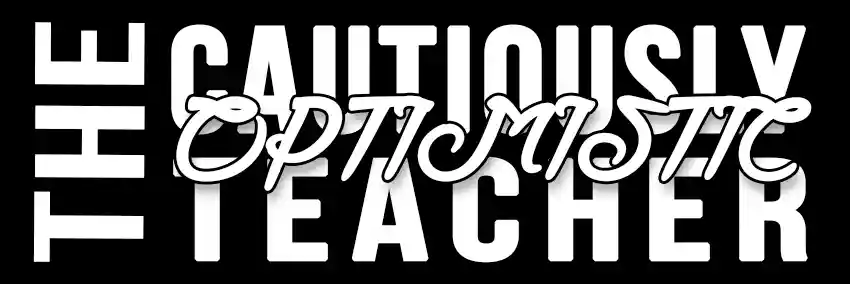Day 35: How to Write Strong Concluding Paragraphs for Grade 9 Essays
Simple Past Tense
Today begins with a quick grammar refresher on the simple past tense—a foundational skill that helps students describe completed actions clearly and effectively. I’ll include a link to the full lesson, which will review how to form and use the simple past tense, including regular and irregular verbs. This short review strengthens students’ grammar for their writing projects.
Concluding Paragraphs
A strong concluding paragraph doesn’t just restate what was already said—it wraps everything together in a meaningful way. Think of it as the bow on top of your essay gift: it doesn’t add new presents inside, but it makes the entire package feel complete.
In this part of the lesson, we’ll discuss what makes an effective conclusion. Students will look at examples and notes (linked below) that show how to:
Restate the thesis in fresh language.
Summarize main points without repeating them.
Leave readers with a final thought, call to action, or insight.
Encourage students to imagine that their essays are conversations—how do they want to leave the reader feeling when that conversation ends? Calmly persuaded? Thoughtful? Inspired? That emotional tone often guides how to conclude effectively.
Continue Working on Outline or Rough Draft
If time remains after the mini-lessons, students should continue developing their essay outlines or rough drafts. Encourage them to reread their introductions and think about how their conclusions might reflect or “mirror” them—many great essays begin and end with a similar tone or idea, creating a sense of balance.
You might walk around and ask questions like:
“What message do you want your reader to take away?”
“How will your final sentence echo your opening idea?”
“Does your conclusion feel complete or rushed?”
This reflection helps students recognize the importance of intentional closure in writing.







